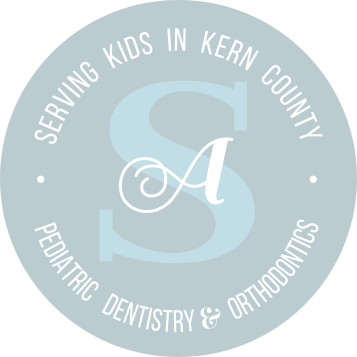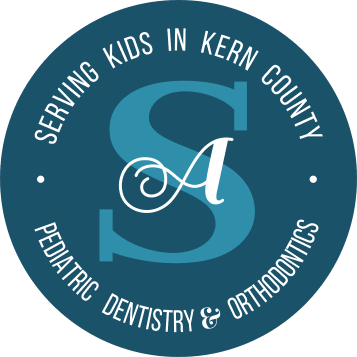Understanding Oral Cancer: Facts and Myths for Oral Cancer Awareness Month with Sturz and Abby
Bakersfield, CA


Oral cancer is a significant health concern that affects thousands of individuals each year. Despite its prevalence, there are still many misconceptions surrounding this disease. In honor of Oral Cancer Awareness Month, Sturz and Abby aims to debunk myths and provide accurate information to help raise awareness and promote early detection and prevention.
Facts About Oral Cancer
- Oral cancer can affect any part of the mouth: While commonly associated with the lips, tongue, and gums, oral cancer can develop in various tissues within the oral cavity, including the cheeks, palate, and throat.
- Tobacco and alcohol use are major risk factors: Smoking cigarettes, cigars, or pipes and excessive alcohol consumption significantly increase the risk of developing oral cancer. Individuals who both smoke and drink alcohol have a much higher risk than those who only engage in one of these behaviors.
- Human papillomavirus (HPV) is a risk factor: Infection with certain strains of HPV, particularly HPV-16 and HPV-18, is associated with an increased risk of oral cancer. HPV-related oral cancers are more common among younger individuals and may occur in the back of the throat.
- Early detection improves outcomes: When oral cancer is detected in its early stages, treatment options are more effective, and the chances of survival are significantly higher. Regular dental check-ups, including oral cancer screenings, are crucial for early detection.
- Oral cancer can be asymptomatic: In some cases, oral cancer may not present any noticeable symptoms in its early stages. This highlights the importance of routine screenings conducted by dentists, who can identify signs of oral cancer that may not be visible to the naked eye.
Myths About Oral Cancer
- Myth: Only smokers get oral cancer. Fact: While tobacco use is a major risk factor for oral cancer, non-smokers can also develop the disease. Factors such as excessive alcohol consumption, HPV infection, sun exposure, and poor oral hygiene can also increase the risk.
- Myth: Oral cancer only affects older individuals. Fact: While the risk of oral cancer increases with age, it can affect individuals of all ages, including younger adults and even adolescents. HPV-related oral cancers, in particular, are more common among younger individuals.
- Myth: Oral cancer is always painful. Fact: Not all cases of oral cancer cause pain, especially in the early stages. Some individuals may experience symptoms such as persistent mouth sores, lumps, or changes in the lining of the mouth without experiencing pain.
- Myth: Oral cancer is rare. Fact: Oral cancer is more common than many people realize, with tens of thousands of new cases diagnosed each year in the United States alone. Early detection and prevention efforts are crucial for reducing the incidence and mortality rates of oral cancer.
- Myth: There’s nothing you can do to prevent oral cancer. Fact: While certain risk factors for oral cancer, such as age and genetic predisposition, cannot be controlled, there are steps individuals can take to reduce their risk. This includes avoiding tobacco and excessive alcohol consumption, practicing sun safety, maintaining good oral hygiene, and getting vaccinated against HPV.
Conclusion
As we observe Oral Cancer Awareness Month, it’s essential to separate fact from fiction when it comes to understanding this disease. By debunking myths and providing accurate information, we can raise awareness, promote early detection, and ultimately save lives. Sturz and Abby is committed to educating the public about oral cancer and empowering individuals to take control of their oral health. Remember, knowledge is power, and together, we can make a difference in the fight against oral cancer.





